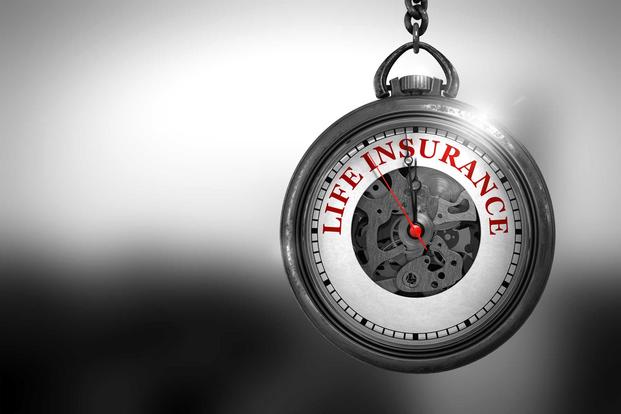Last month, USAA conducted its first survey in what likely will be an annual series geared toward gauging actions and attitudes as they relate to life insurance. I can hear you grumbling, but no matter where you are in your journey, there’s a pretty good chance that life insurance is (or should be) a foundational element of your plan. From protecting or providing for a young family to ensuring your ultimate plans are carried out in a seamless and synchronized fashion, life insurance can be a difference-maker.
I was excited to dive into the survey results, which didn’t disappoint. In fact, they were a bit surprising, but they certainly gave me something to write about. Read on for five interesting takeaways.
- The concept of “life insurance for all” makes sense. A whopping 93% of respondents felt like both partners in a relationship should have equal coverage. I’d beg to disagree. In most situations, both parties should have life insurance; however, “equal coverage” may not be required. The reasons, rationale and, I think, amount of coverage should vary for every individual. Over the years, I’ve worked with thousands of couples. At one time or another, most of them needed coverage. However, if you dive into the why, the amount of coverage usually varies.
- The execution of “life insurance for all” is flawed. As I noted above, the view that everyone should have equal life insurance coverage is widely held. In that context, it was surprising that only 23% of respondents reported that both they and their partner had life insurance. And for 35% of couples, neither had coverage. That’s a huge disconnect, but it’s not out of line with other surveys I’ve read over the years. I hope your personal takeaway will be to evaluate your own situation and take the necessary action.
- The pandemic has had an impact on coverage. One in five respondents lost coverage in the previous year. That makes sense, as life insurance is often an employee benefit, and we saw millions lose their jobs at the height of the crisis. Additionally, people struggling to make ends meet had to make some tough spending calls. Two takeaways here. First, it’s important to diversify the sources of your life insurance coverage. Relying solely on employer-provided coverage could leave you in a bind. Second, as we emerge on the other side of the pandemic, it’s a great time to assess where you stand relative to life insurance coverage.
- Everyone is in agreement: Taking care of family finances is important. I know putting your affairs in order involves a lot more than just securing life insurance. Seventy-six percent of respondents indicated they have taken steps to prepare for the inevitable. With the holidays just around the corner, it’s a great time to ensure you do the same.
- Millennials are most likely to own life insurance. With 65% of respondents in the 26-41 age bracket, life insurance resonates. Core reasons for coverage include paying off debts, replacing income and funding education. With that as a backdrop, it’s easy to understand why these folks were the most likely to own life insurance.
There’s no time like today to do a quick assessment of where you stand. Calculators like the ones available at the Department of Veteran Affairs website or lifehappens.org can help you determine if you have a gap in your coverage. Remember, the “right” amount of life insurance will evolve as your life does. Take a few minutes soon to ensure you’re not overlooking this important element of your family’s financial security.
SGLI and VGLI May Not Be Enough
Servicemembers’ Group Life Insurance and Veterans’ Group Life Insurance may not be enough to cover your family's needs. Explore life insurance options with our free tool, which compares rates and matches you to the coverage your family needs.









